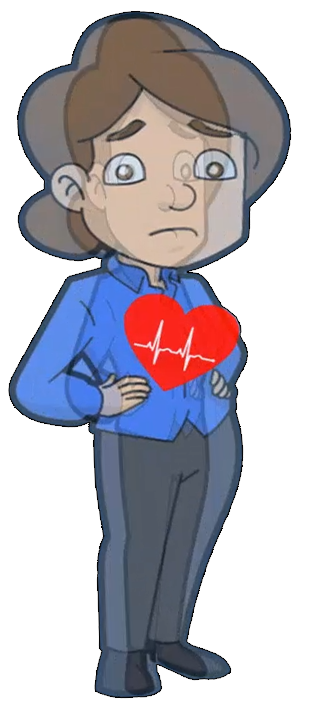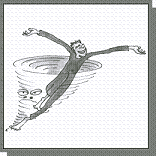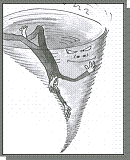Automatic Negative Thoughts (ANTs) are the spontaneous negative thoughts we have in response to unpleasant experiences, events or triggers. Our automatic negative thoughts have a big impact on our moods and how we feel. To learn more about ANTs, please watch the video below.
Automatic Negative Thoughts and CBT
Please watch the related videos below, and for more videos like these, subscribe to my YouTube Channel.

 Panic attacks, also known as anxiety attacks, are sudden and intense waves of anxiety that can leave you worried you’re having a heart attack, about to pass out, going crazy, or with any number of other fears that something is seriously wrong with your health. Panic attacks are terrifying in isolation, and panic disorder occurs when panic attacks arise on a regular basis.
Panic attacks, also known as anxiety attacks, are sudden and intense waves of anxiety that can leave you worried you’re having a heart attack, about to pass out, going crazy, or with any number of other fears that something is seriously wrong with your health. Panic attacks are terrifying in isolation, and panic disorder occurs when panic attacks arise on a regular basis. In a previous post, we looked at the cognitive behavioural therapy (CBT) model of the
In a previous post, we looked at the cognitive behavioural therapy (CBT) model of the 
